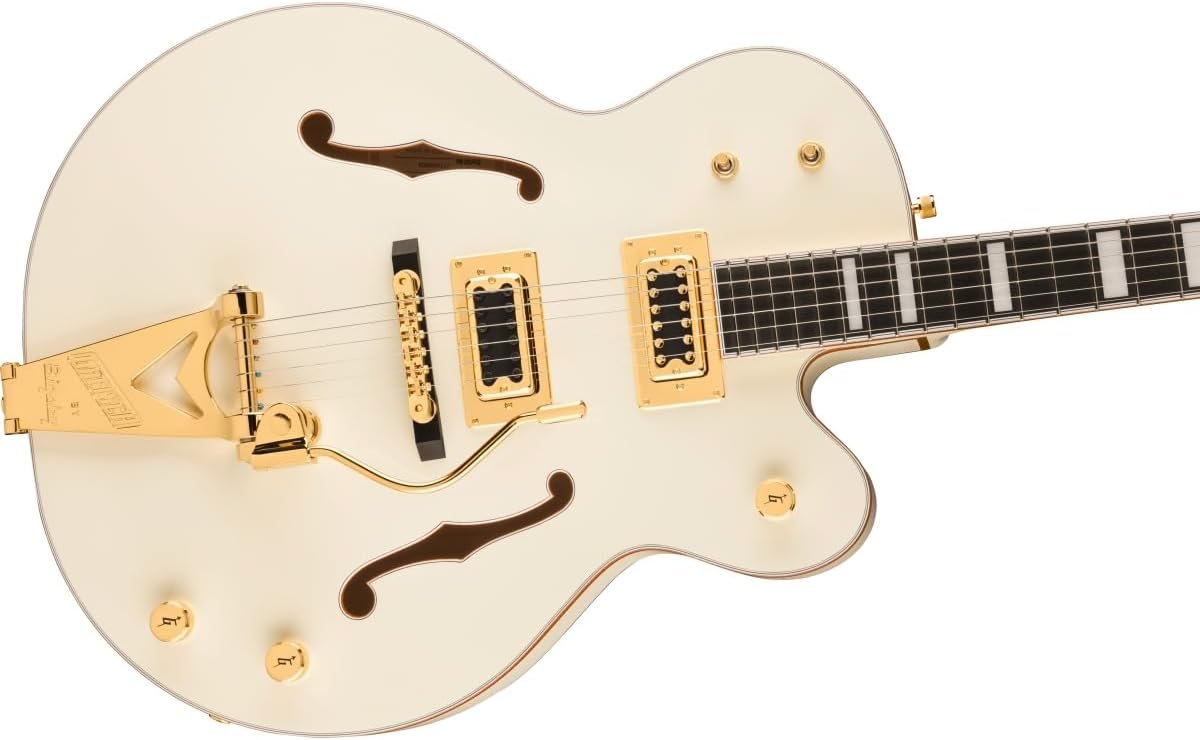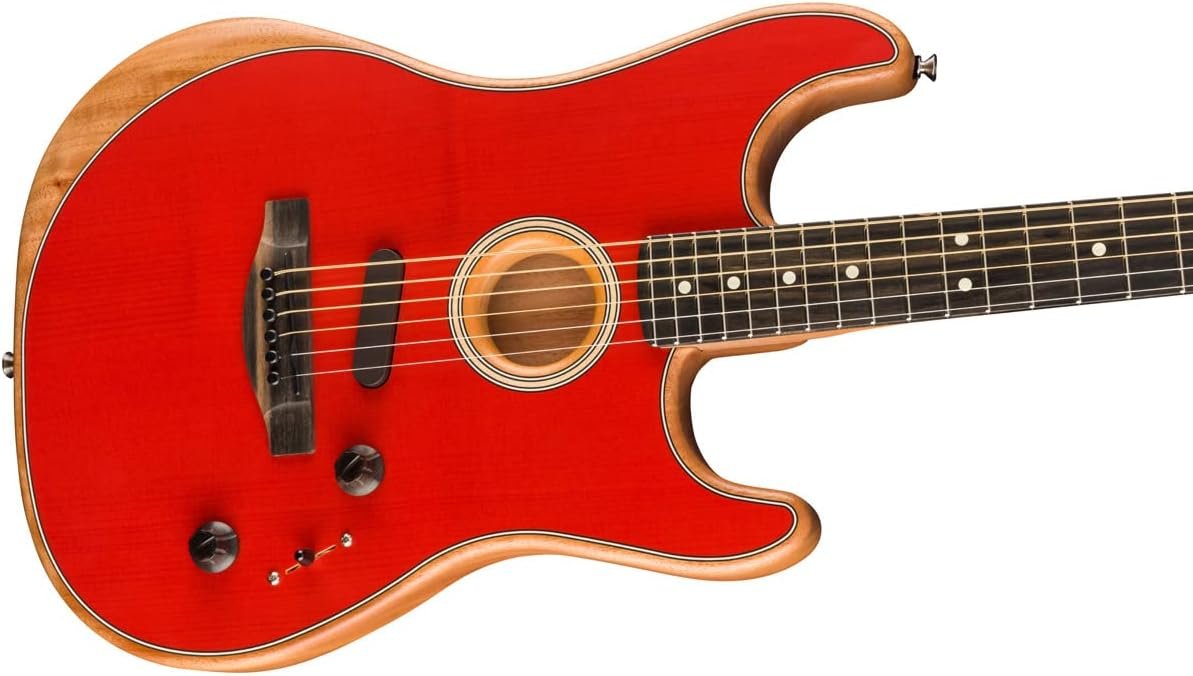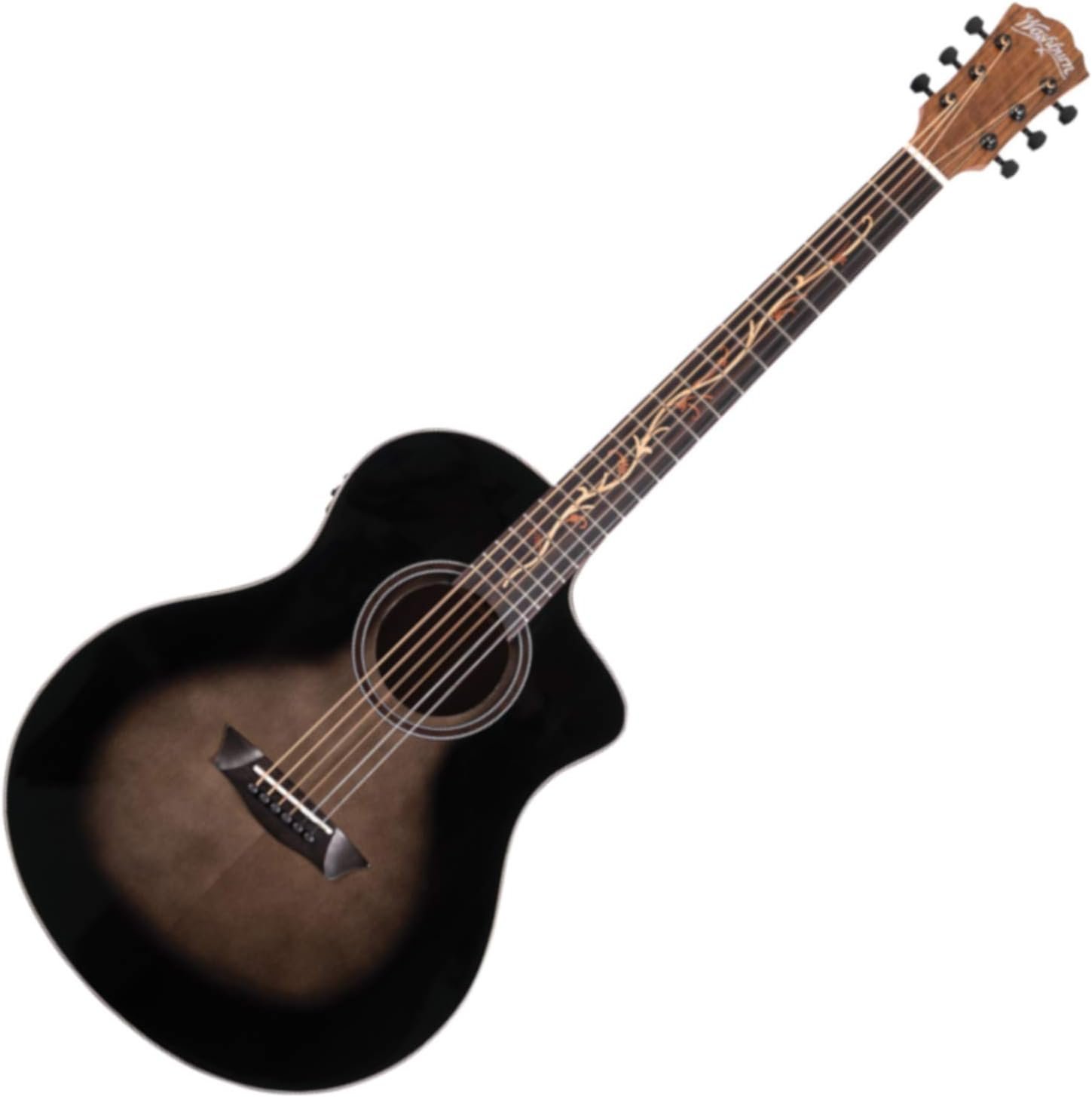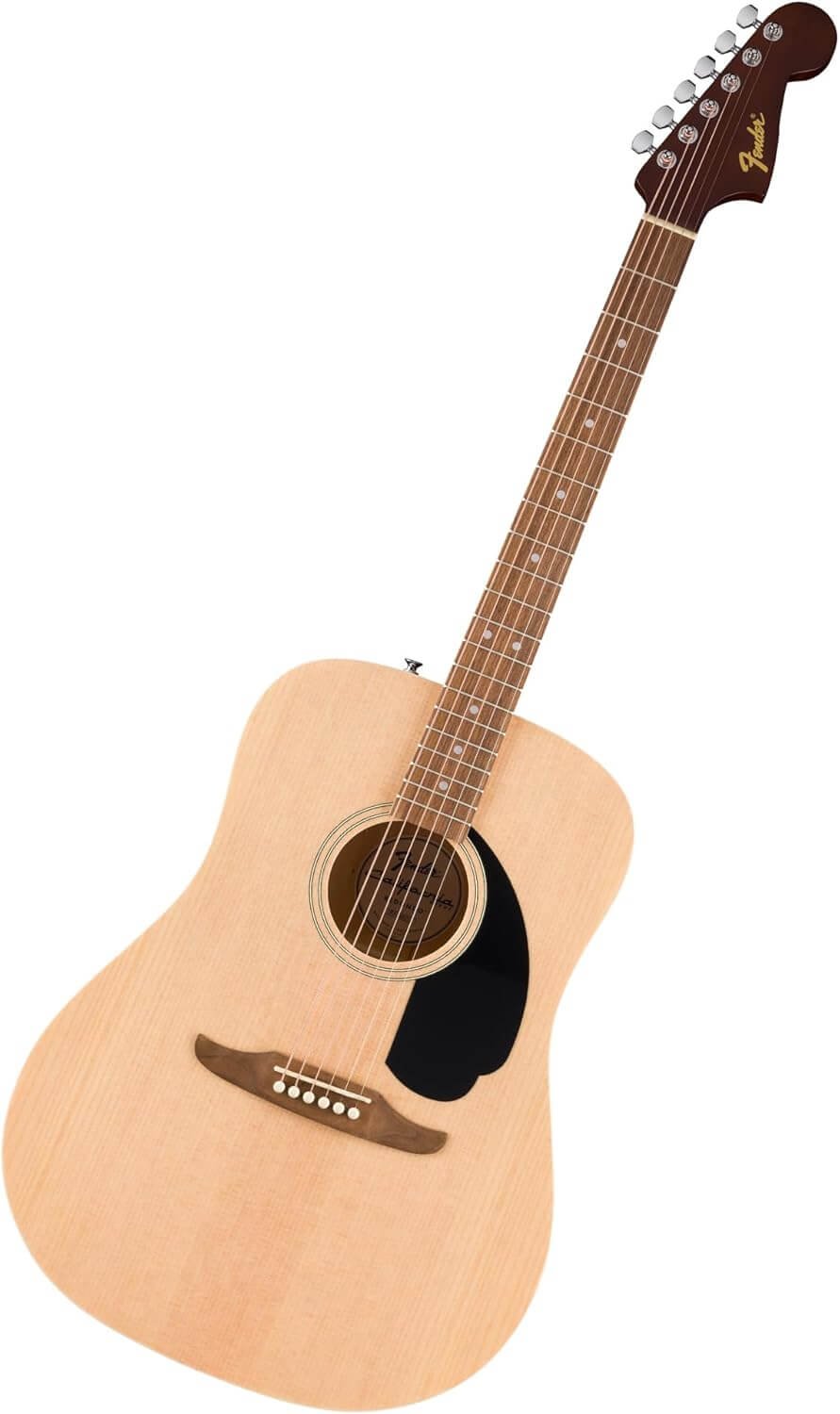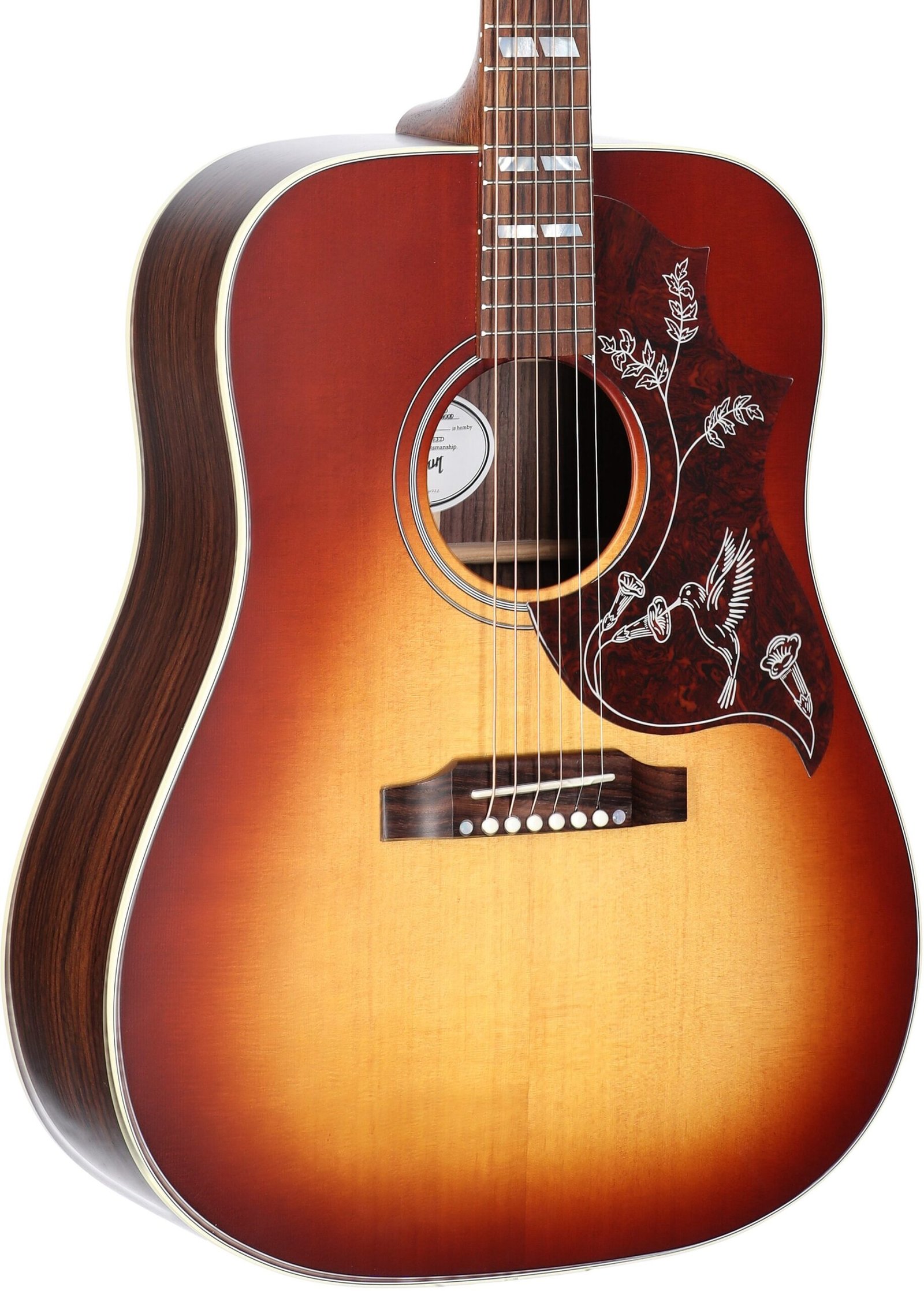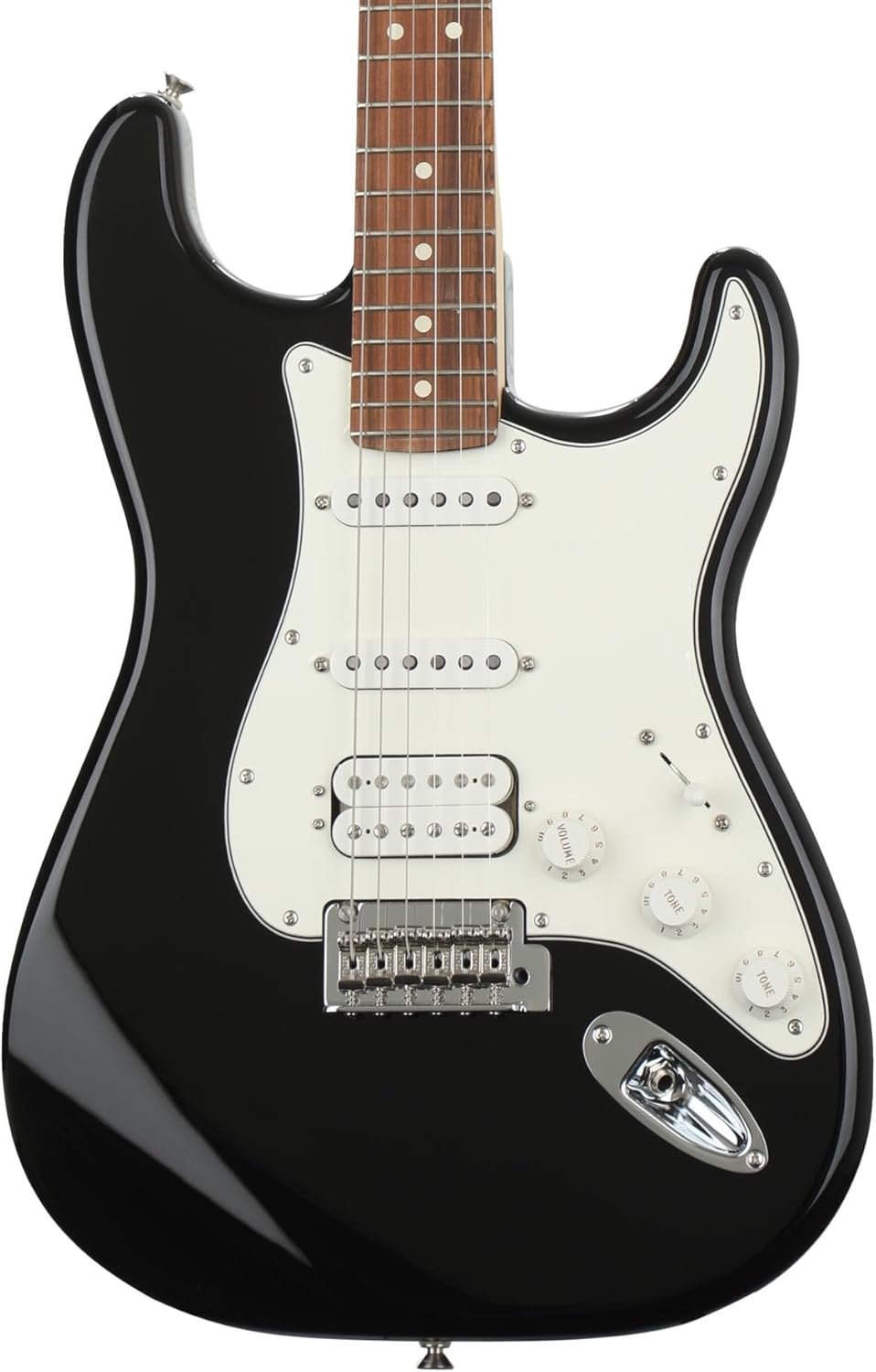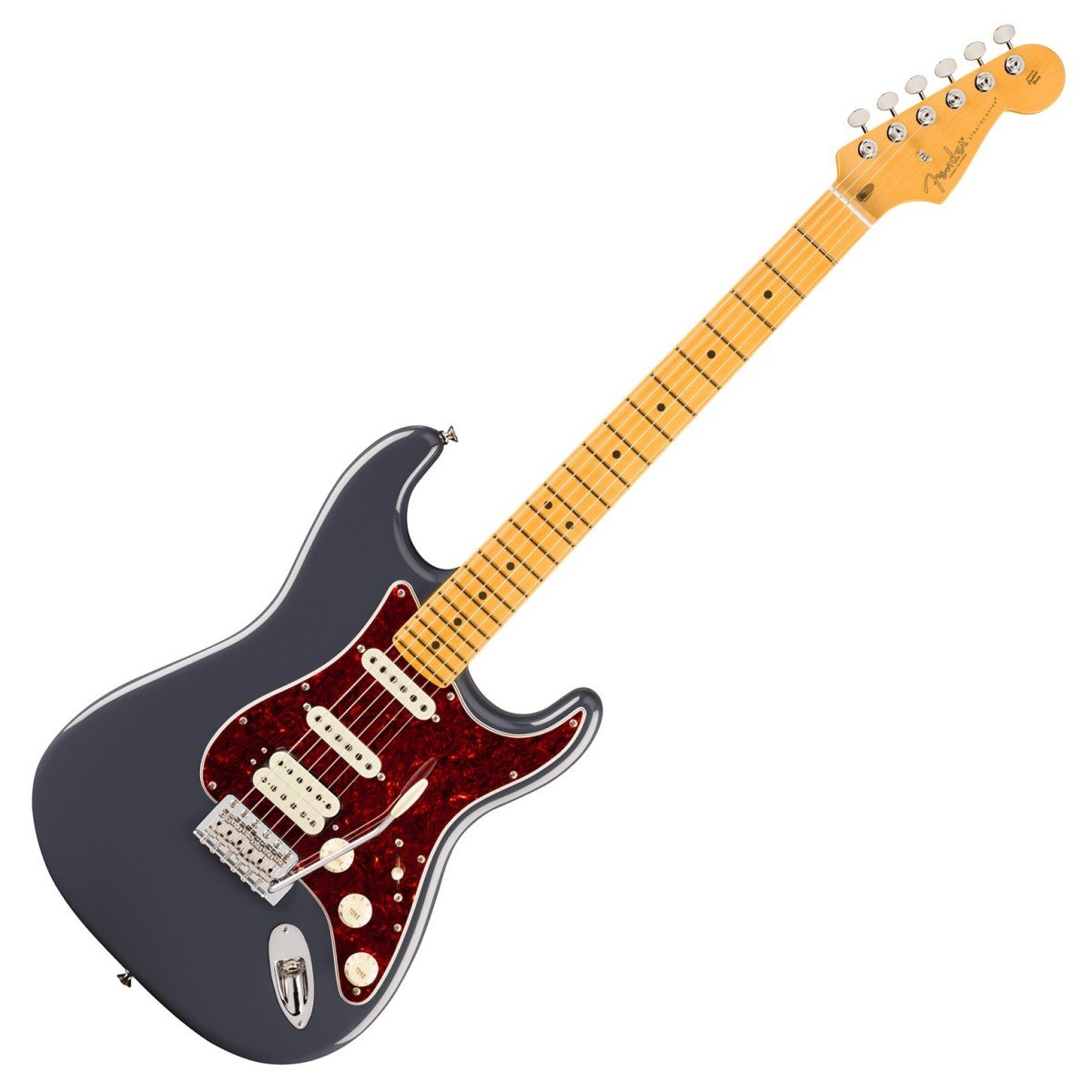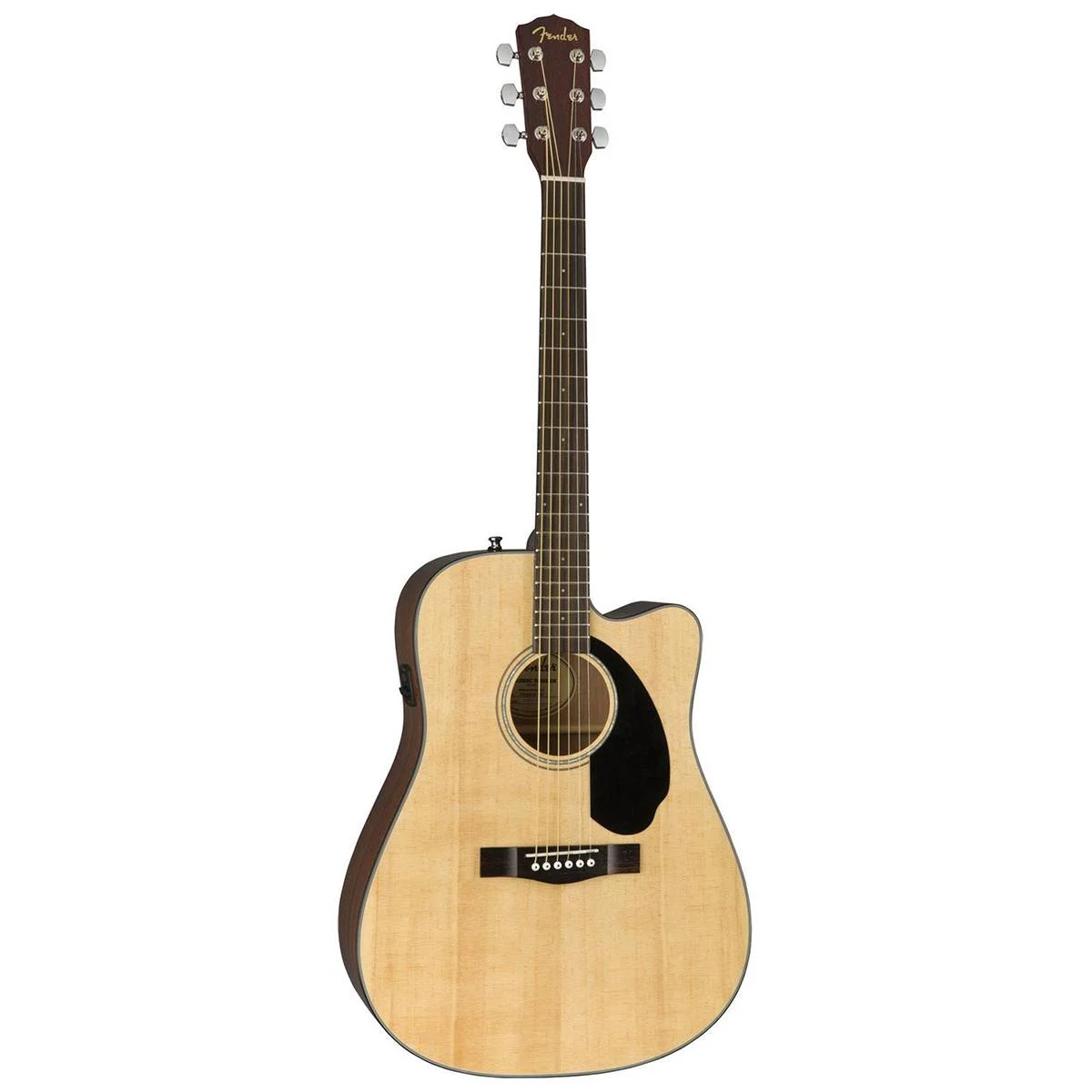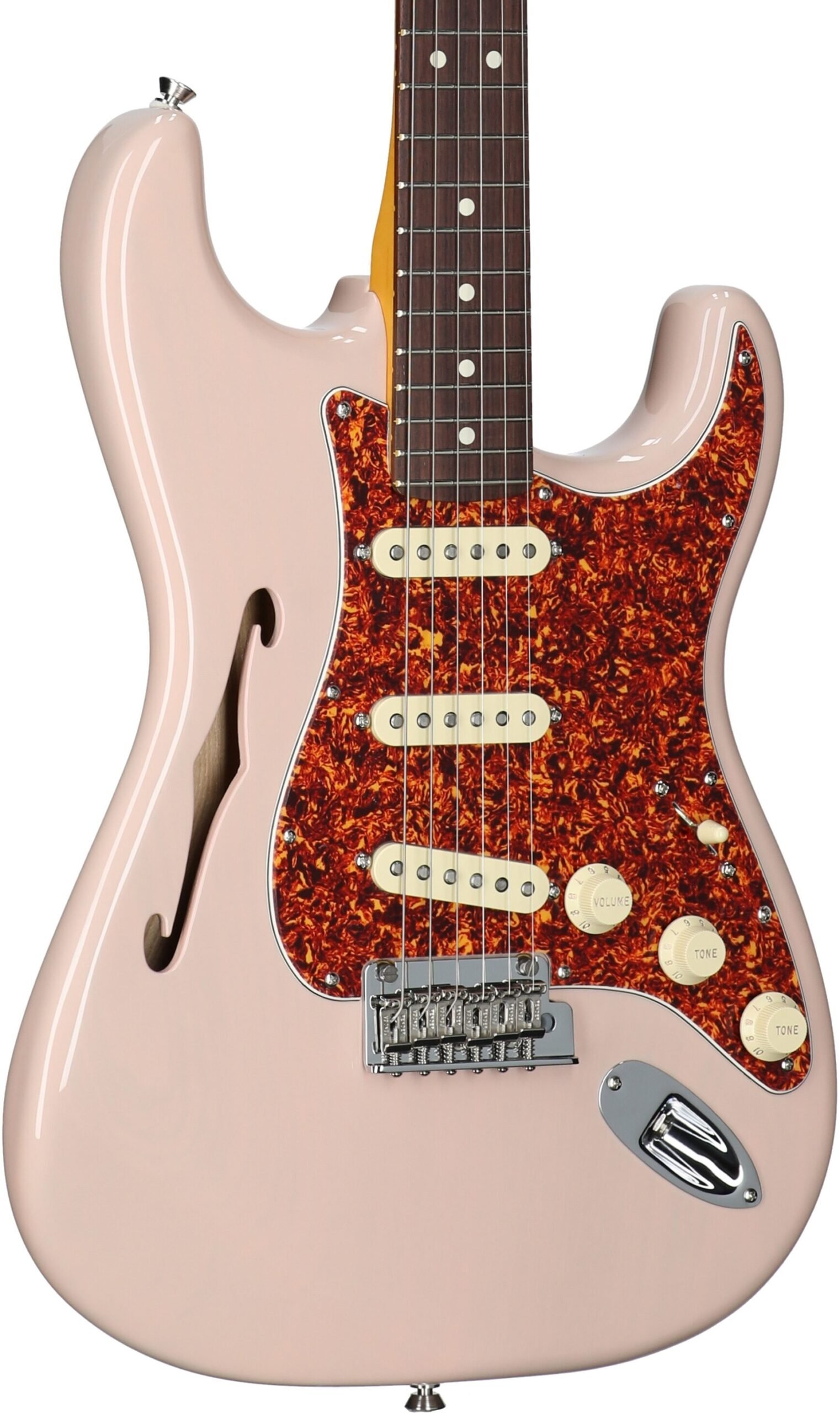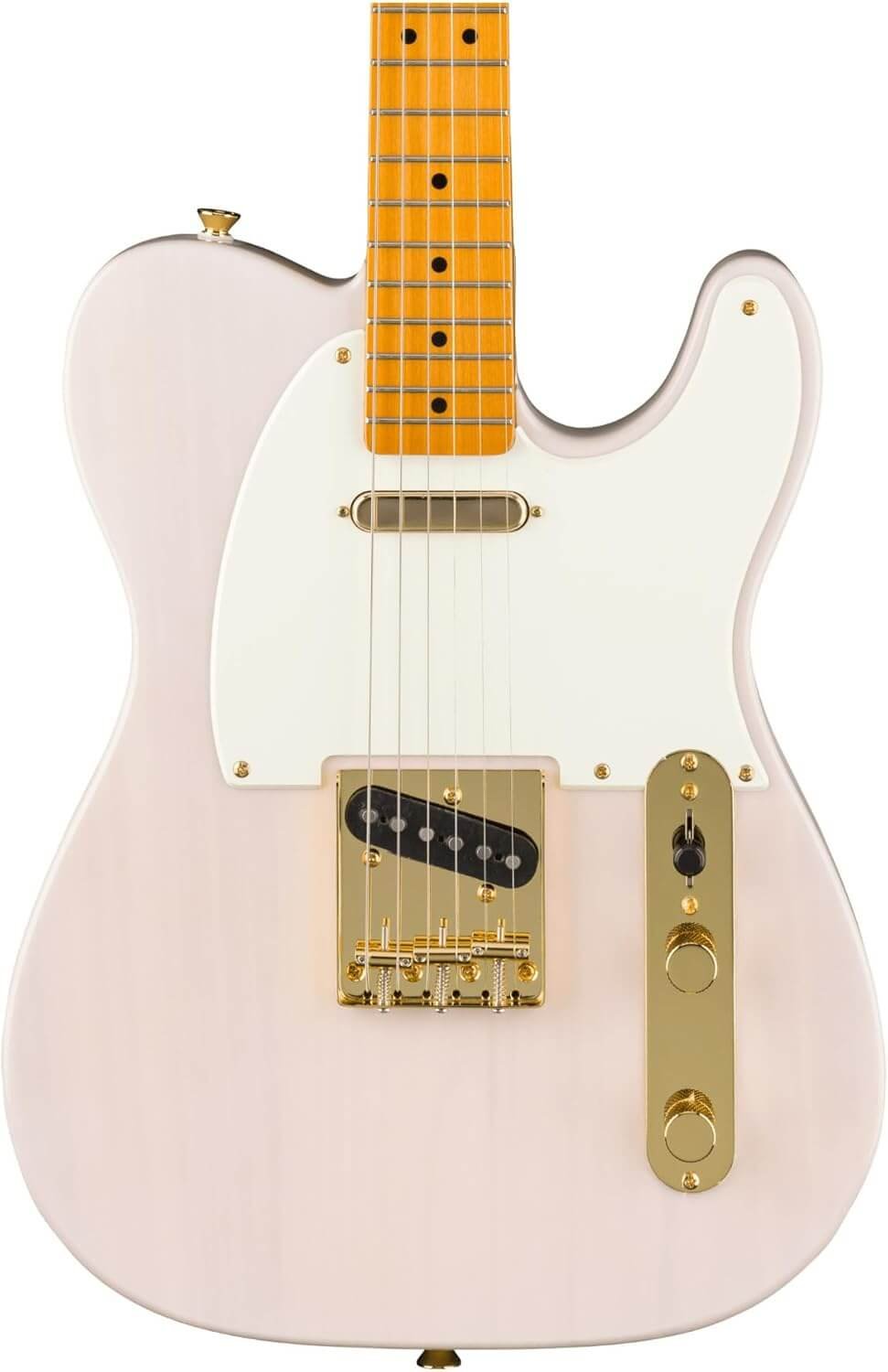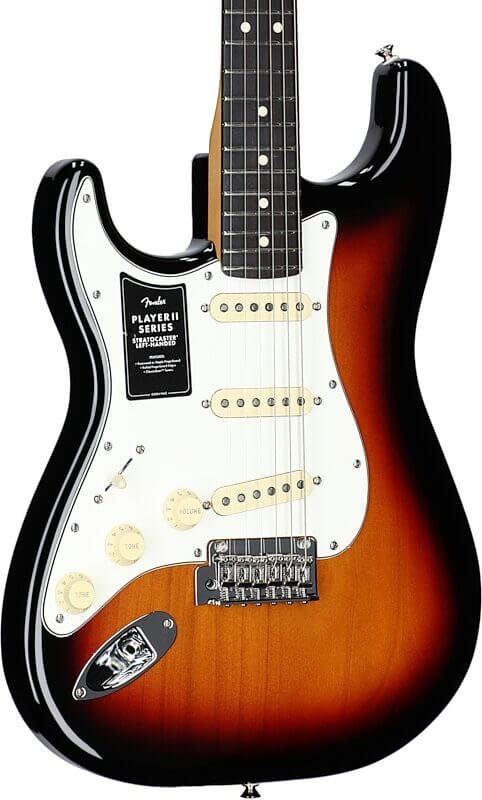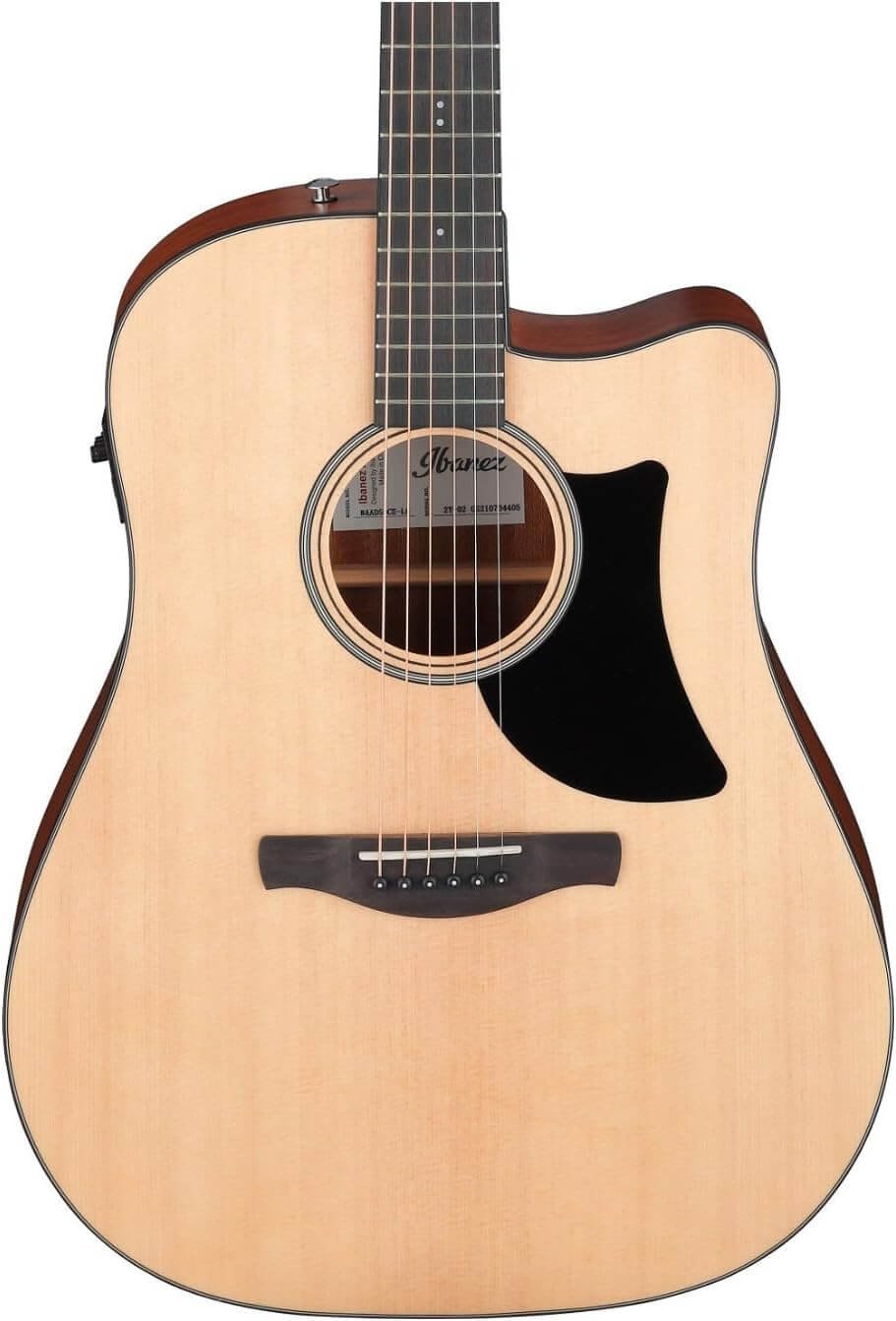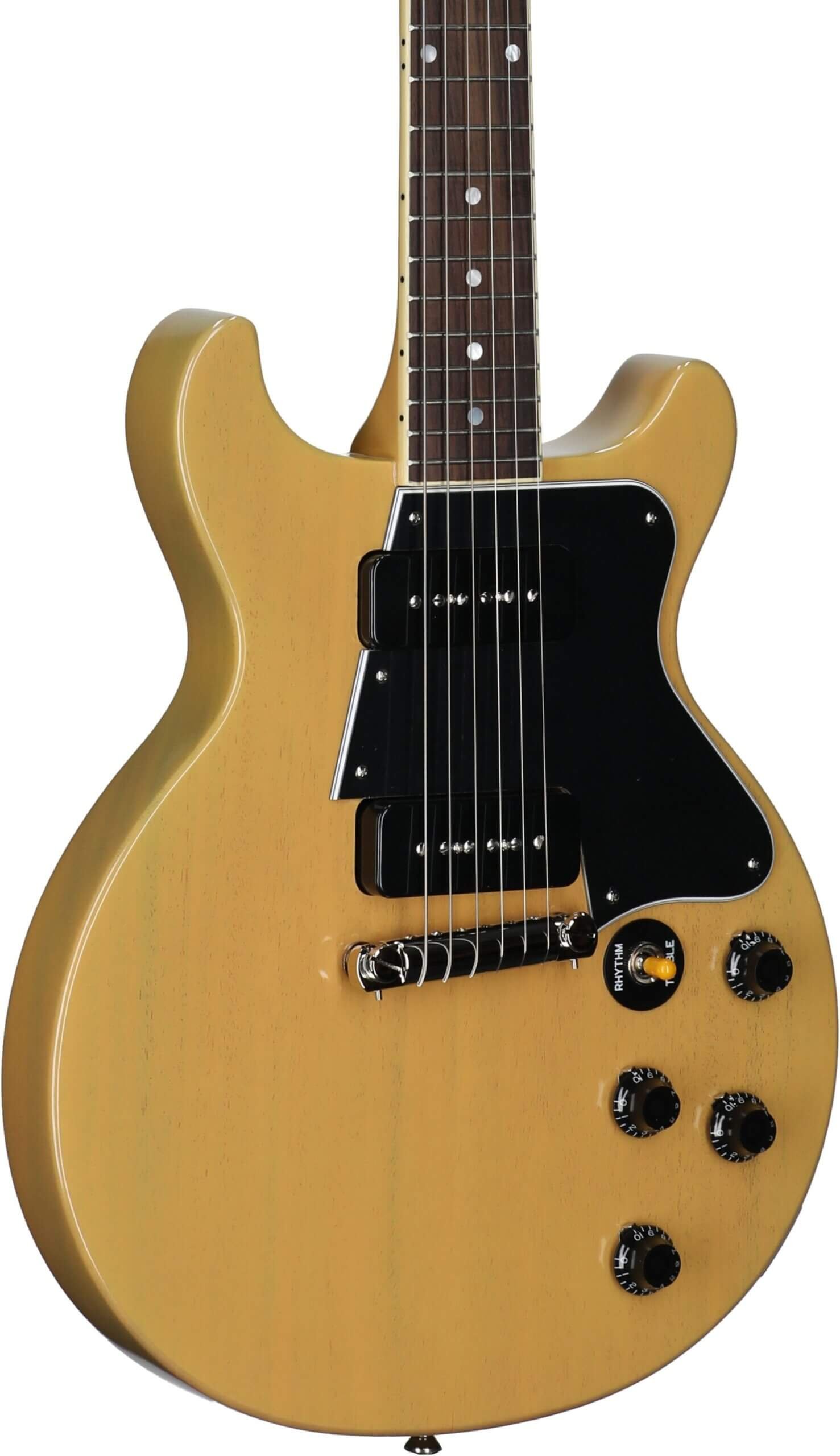Introduction to Fender
Fender Musical Instruments Corporation, commonly known as Fender, has left an indelible mark on the music industry since its founding in 1946 by Leo Fender in Fullerton, California. Recognized for its innovative approach to electric guitars and basses, Fender has played a crucial role in shaping various music genres, including rock, jazz, blues, and pop. The company’s early ventures included the production of the Fender Broadcaster, which went on to become the Telecaster — recognized as one of the first solid-body electric guitars, which revolutionized the way music was performed and experienced.
Fender’s mission has always been to support musicians by providing high-quality instruments that inspire creativity and self-expression. This commitment to quality is evident in their famous models, including the Fender Stratocaster, which has become synonymous with countless legendary musicians, from Jimi Hendrix to Eric Clapton. By prioritizing both craftsmanship and innovation, Fender has successfully established a lasting legacy in the music world.
Over the decades, the influence of Fender’s products has transcended beyond individual musicians to redefine entire genres. The company’s electric guitars and basses have empowered artists to push the boundaries of music, contributing to the evolution of sound and style. Furthermore, Fender has adapted to the changing dynamics of the music industry, embracing technological advancements while retaining the core values of craftsmanship that have characterized the brand since its inception.
By examining Fender’s history, it becomes clear that its impact goes beyond mere products; it has fostered a culture and community of musicians who continue to explore new sonic frontiers. Thus, understanding Fender’s contributions provides valuable insights into the evolution of modern music and the instruments that have played pivotal roles in its development.
The Visual Journey of Fender
The hardcover book “The Fender: The Official Illustrated History” serves not only as a comprehensive documentation of Fender’s legacy but also as a visual feast for enthusiasts and scholars alike. This publication is adorned with an extensive collection of photographs and illustrations that chronicle the evolution of Fender instruments over the decades. Each page invites the reader to embark on a nostalgic journey through time, where the iconic designs and innovative features of Fender guitars are showcased authentically and vibrantly.
From the sleek curves of the Stratocaster to the bold lines of the Telecaster, every image captures both the aesthetic charm and the engineering ingenuity of Fender. The visual storytelling in this book enhances the historical narrative by illustrating the cultural impact these instruments have had on music and society. Photographs of famed musicians alongside their cherished Fender models create a powerful connection between the artist and the instrument, reminding readers of the role these guitars have played in shaping music history.
Moreover, the meticulous attention to detail in the illustrations provides insight into the various finishes, hardware components, and signature models that have defined Fender’s artistic identity. Readers can appreciate the craftsmanship involved in producing these instruments, which has contributed to their popularity among a diverse range of musical genres. Each image serves as a testament to Fender’s commitment to innovation and quality over the years, reinforcing its status as a pillar in the music industry.
The carefully curated visuals, combined with informative captions, allow readers to gain a deeper understanding of Fender’s journey. As they turn the pages, the marriage of visual art and narrative creates a cohesively enriching experience, ensuring that this book is not just a history but a celebration of Fender’s timeless influence on music and culture.
Key Instruments and Milestones
The Fender brand has been synonymous with innovation and artistry in the world of electric instruments since its inception in 1946. Among its most iconic offerings, the Fender Stratocaster and Telecaster stand out as monumental achievements in guitar design. The Telecaster, introduced in 1951, was the first mass-produced electric guitar, setting a new standard in both sound and usability. Its unique “cutaway” design allows for ease of play, while its bright, cutting tone has made it a favorite among artists across various genres.
All the while, the Fender Stratocaster, launched in 1954, revolutionized electric guitars through its contoured body shape and three-pickup configuration, enhancing the tonal versatility. Notably, the introduction of the synchronized tremolo system allowed guitarists to explore new musical dimensions. These two instruments not only defined a genre but also birthed an array of models over the years, catering to varying player preferences and styles. Limited editions, custom shop releases, and artist signature models have contributed to Fender’s legacy, showcasing the brand’s commitment to catering to both vintage enthusiasts and contemporary players.
Throughout its history, Fender has adapted to technological advancements while staying true to the craftsmanship that its instruments are known for. Milestones within the company’s timeline not only mark the introduction of groundbreaking designs but also reflect Fender’s response to changes in music trends and the demands of musicians. From the introduction of the first solid-body electric guitar to the use of modern materials and pickup technology, Fender has consistently pushed the boundaries of what electric instruments can achieve.
In essence, the innovations brought forth by Fender in its key instruments like the Stratocaster and Telecaster illustrate the brand’s ongoing evolution while maintaining its core values rooted in quality and creativity. These guitars have not only influenced countless musicians but have left an indelible mark on the landscape of contemporary music.
Influence on Musicians and Music Genres
The Fender brand has established a monumental presence in the music industry, particularly through its iconic guitars and basses. Since the 1950s, Fender instruments have become synonymous with a myriad of music genres including rock, jazz, blues, and country. Their unique sound and structural design have greatly influenced the evolution of these genres and the musicians who perform within them.
In rock music, Fender guitars, notably the Stratocaster and Telecaster, have been favored by legendary guitarists such as Jimi Hendrix, Eric Clapton, and Keith Richards. The Stratocaster, with its contoured body and versatile pickup configuration, has allowed musicians to experiment with tones and styles that define classic rock. Songs like “Purple Haze” and “Layla” are prime examples of how Fender instruments have left an indelible mark on music. This association has not only solidified the reputation of Fender but has also characterized the sound of an entire genre.
Blues musicians also turned to Fender instruments, using them to evoke the raw emotion that is a hallmark of the genre. B.B. King, known for his expressive playing style, often performed with a Fender guitar, shaping the sound of modern blues. Similarly, in the jazz world, artists like Wes Montgomery and John Mayer have helped popularize the use of Fender Jazz and Telecaster guitars, showcasing their versatility across different tempos and melodies.
In country music, artists such as Vince Gill and Brad Paisley have embraced Fender’s instruments for their twangy tonality and accessibility. The ability of Fender guitars to blend harmoniously with traditional country sounds has helped nurture a rich legacy within the genre. This widespread acceptance and use of Fender instruments testify to their enduring influence on musicians, charting a narrative that traverses various musical landscapes and continues to inspire new generations of artists.
Behind the Scenes: The Craftsmanship of Fender
The craftsmanship of Fender instruments is a remarkable blend of artistry, precision, and innovation, which is pivotal to the brand’s enduring success in the competitive world of music. At the core of Fender’s manufacturing process lies a commitment to quality, ensuring that each guitar and bass is built to meet the high standards expected by musicians. This dedication to excellence begins with the selection of premium materials, including carefully sourced woods and high-grade metals that contribute to the unique tone and resonance characteristic of Fender instruments.
Fender’s manufacturing techniques have evolved significantly over the years, yet the essence of traditional craftsmanship remains ever-present. Skilled luthiers meticulously handcraft each guitar, paying close attention to the details that elevate these instruments beyond mere tools to essential elements of musical expression. From the shaping of the neck to the finishing touches on the body, every step is executed with an unparalleled level of care. Furthermore, modern technology plays an important role; computer-aided design (CAD) software is used alongside traditional methods to enhance accuracy and efficiency, while still honoring the time-honored techniques passed down through generations.
Quality control is a fundamental aspect of Fender’s philosophy, ensuring that every instrument leaving the factory meets rigorous performance standards. Each guitar undergoes a comprehensive inspection process where it is evaluated for sound quality, aesthetic consistency, and overall playability. Interviews with luthiers reveal insights into this process; they often speak of the pride they feel when their instruments are played on stages worldwide, and how they strive to build guitars that not only sound great but also inspire creativity in musicians.
In conclusion, the craftsmanship behind Fender instruments is an intricate dance between tradition and innovation, resulting in high-quality products that resonate with both professional and amateur musicians alike. The attention to detail and dedication to excellence are what make Fender a respected name in the music industry.
Fender’s Cultural Impact and Legacy
Since its inception in the early 20th century, Fender has made a remarkable impact on the landscape of modern music and culture. The introduction of the Fender Telecaster in 1950 and the Fender Stratocaster in 1954 represented a significant shift in the musical scene, offering guitarists a previously unavailable combination of sound quality, playability, and style. These guitars have not only been embraced by electric rock musicians but also find their presence in various genres, thus influencing the evolution of popular music from the 1950s onward.
Fender’s guitars have become synonymous with musical innovation and youth culture, as iconic musicians such as Jimi Hendrix, Eric Clapton, and Kurt Cobain have all chosen Fender instruments as their tools of expression. Their performances helped to shape the cultural zeitgeist and influenced generations of music enthusiasts. Furthermore, Fender guitars frequently appear in music videos and television shows that played a significant role in dictating fashion trends and attitudes during pivotal cultural movements.
The role of Fender in shaping the visual language of popular music cannot be overstated. As a staple of live performances and music recordings, Fender guitars often symbolize rebellion and creativity, appealing to the spirit of youth. This cultural resonance is evident in genres such as surf rock, punk, and grunge, where Fender instruments have taken center stage. Additionally, Fender’s historic partnership with artists led to the development of signature models that encapsulate the essence of musical innovation and personal style.
Through strategic branding and collaboration, Fender has maintained relevance in a rapidly changing music industry. The company’s efforts to engage with diverse musical communities, combined with artists’ endorsements, have cemented its position as a cultural icon. Thus, the Fender legacy is not merely about musical instruments; it embodies a significant chapter in the ongoing narrative of popular culture and artistic expression.
The Future of Fender: Innovations and Trends
The evolution of Fender has been remarkable, reflecting not only changes in music but also advancements in technology and manufacturing practices. As the music landscape continues to evolve, Fender is positioned to integrate cutting-edge technology into instrument design, ensuring relevance in an industry that is constantly changing. Recent innovations focus on incorporating digital advancements, allowing musicians to leverage the latest tools for creativity and performance. For instance, digital interfaces and software applications are becoming essential components of modern instruments, enabling players to modify their sound and enhance their creative output.
Moreover, sustainability is emerging as a critical concern in the manufacturing processes of musical instruments. Fender recognizes this challenge and is increasingly committed to adopting eco-friendly materials and practices. The company has begun exploring alternative woods and sustainable sourcing, aiming to reduce its environmental footprint while maintaining the high-quality standards that musicians expect. Such innovations not only cater to environmentally conscious consumers but also set a precedent in the industry, encouraging other brands to prioritize sustainable practices.
Looking ahead, trends in music indicate a growing diversification of genres and the rise of digital music consumption. Fender aims to adapt to these changes by engaging with the next generation of musicians through educational programs and interactive platforms. The brand’s commitment to understanding emerging musical styles and preferences will guide their product development, ensuring they remain a relevant player in a dynamic marketplace. As they embrace technological advancements and sustainability, Fender is positioned to shape the future of music, embracing innovation while honoring its rich heritage. This strategic approach will not only bolster their legacy but also enhance their connection with musicians across the globe.
Collecting Fender: A Guide for Enthusiasts
Collecting Fender instruments can be an exciting and rewarding venture for music enthusiasts and guitar aficionados alike. Recognized for their iconic design and sound, Fender guitars and amplifiers have permanently influenced the landscape of modern music. Understanding what makes these instruments valuable is paramount for any serious collector. Factors such as age, condition, rarity, and provenance play a significant role in determining a Fender’s market worth. Generally, vintage models, particularly those produced during the 1950s and 1960s, fetch higher prices due to their limited production and historical importance.
One cannot underestimate the significance of vintage Fender models in a collector’s portfolio. Instruments such as the 1959 Fender Stratocaster or the 1965 Fender Precision Bass not only represent remarkable craftsmanship but also serve as cultural artifacts. These guitars are often sought after by both players and collectors due to their unique tonal characteristics, which cannot always be replicated in modern versions. Additionally, the allure of owning a piece of music history can greatly enhance the personal value of these instruments for collectors.
For aspiring collectors, knowledge is the key to successful investments in Fender instruments. Authentication is essential; interested buyers should familiarize themselves with identifying marks and features unique to specific models. Relying on trusted dealers or obtaining items with recognized certifications can help mitigate the risk of purchasing counterfeit or misrepresented instruments. Restoration also plays a critical role; while some collectors prefer original, unaltered pieces, others may appreciate the value added through expert repairs or upgrades. Understanding market trends and keeping an eye on auction results can provide insight into potential future value appreciation. In the world of Fender guitar collecting, informed decisions are crucial to ensuring a fruitful and enjoyable experience.
Conclusion: Celebrating Fender’s Legacy
The Fender brand has significantly shaped the landscape of modern music through its innovative instruments and commitment to quality. Since its inception, Fender has evolved, adapting to the changing tastes of musicians and the music industry itself. This evolution is not merely a testament to its adaptability but also underscores its position as a pioneer in the world of musical instruments. The illustrated history book serves as a vital resource for enthusiasts, providing an in-depth look at the brand’s journey through the decades.
Within the pages of this comprehensive overview, readers can explore the remarkable stories behind iconic models like the Stratocaster and Telecaster. These instruments have not only defined genres but have also become synonymous with the careers of countless legendary musicians. As the book illustrates, Fender’s impact goes beyond just guitars; it encompasses basses, amplifiers, and a myriad of accessories that have supported musicians across multiple generations. Each artifact tells a story of innovation, creativity, and passion for musical expression.
The significance of this illustrated history extends to both devoted fans and new enthusiasts alike. Collectors will appreciate the visual documentation of rare models and the historical context in which they were produced. Musicians looking to understand their instruments’ roots will find inspiration and insight that can influence their artistry. Moreover, the book reminds us of the cultural significance embedded in Fender’s products, celebrating the brand’s role in defining not just sound, but identity within the music community.
In reflecting on Fender’s enduring legacy, one can appreciate not only its contributions to music but also its unwavering commitment to innovation. This legacy ensures that Fender will remain a cornerstone of the music world for years to come.




